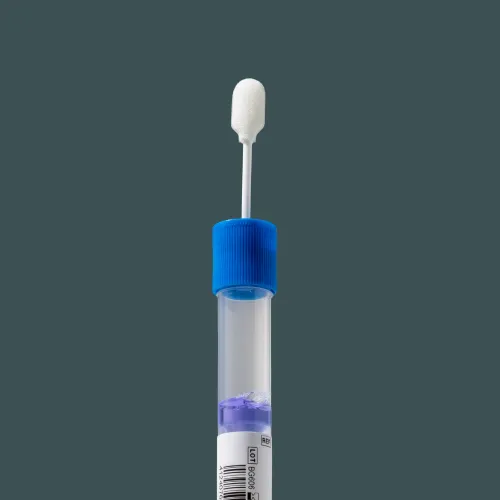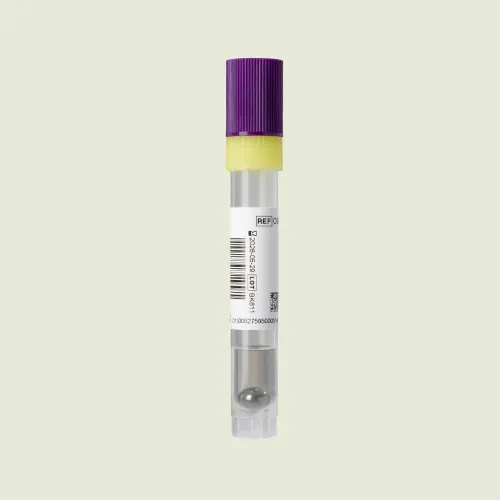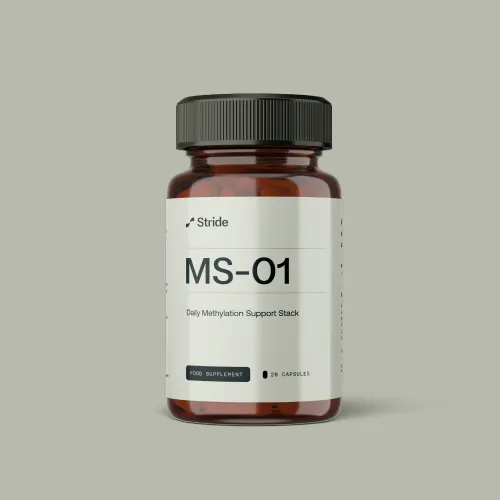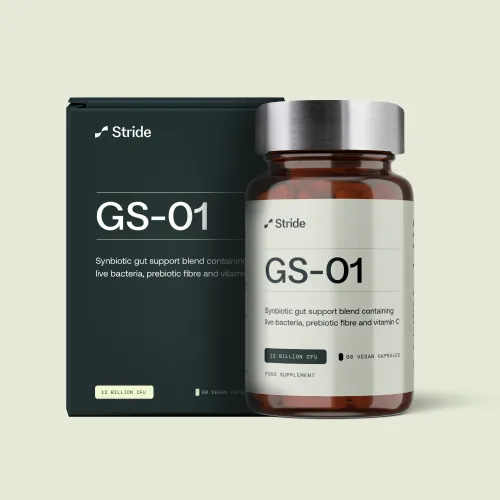News
8 Minutes
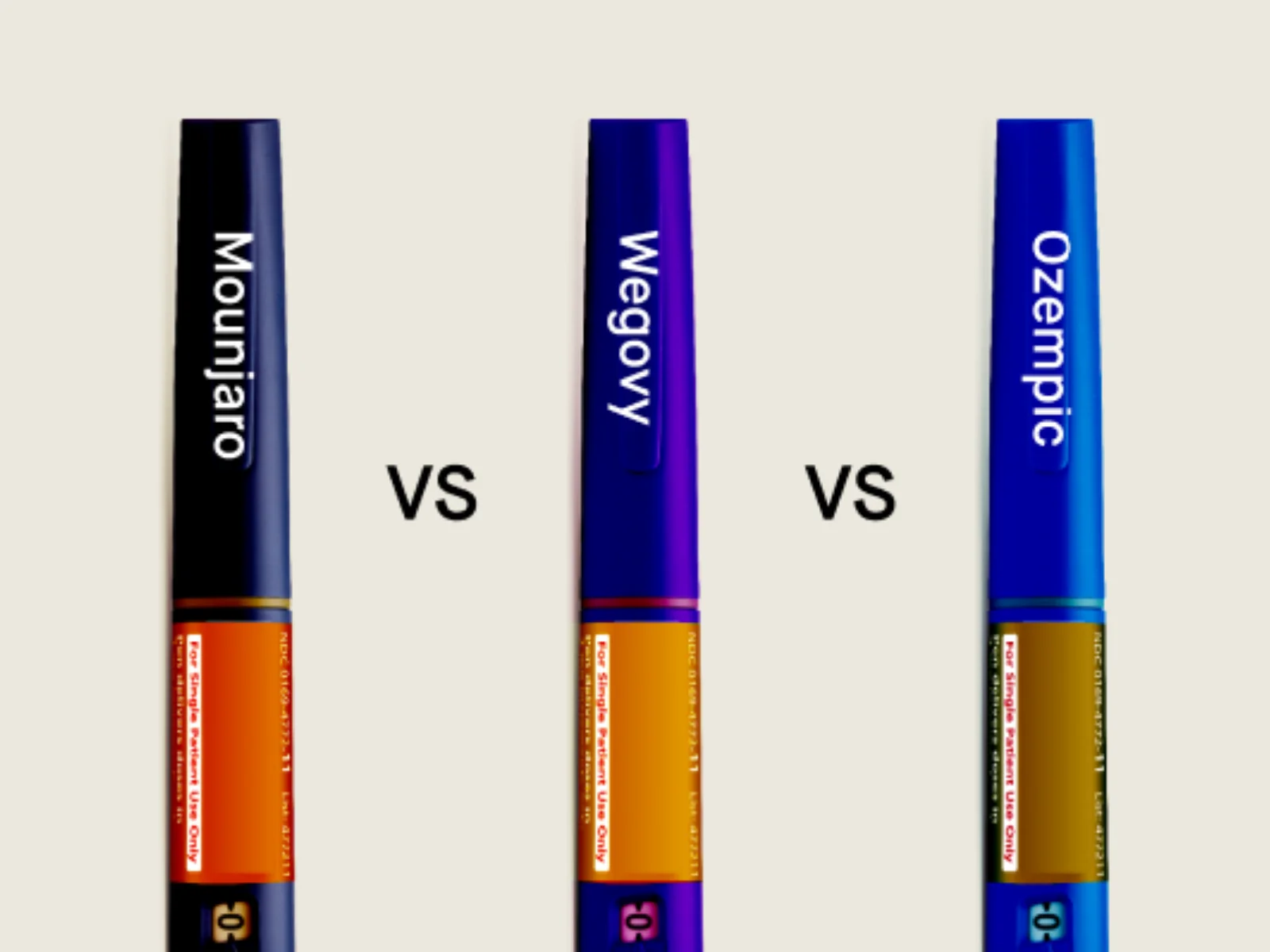
GLP-1 vs. Dual Agonists: Key differences between Ozempic, Wegovy, and Mounjaro for weight loss and diabetes
Discover the key differences between GLP-1 receptor agonists and dual agonists for weight loss and diabetes management. Compare Ozempic, Wegovy, and Mounjaro in terms of efficacy, side effects, and more.
21/08/2024
GLP-1 drugs have taken the world by storm, offering powerful and long-lasting support for those who have struggled severely with weight-related conditions and management for years. With the Government's Obesity Profile Report estimating that 64% of adults aged 18 years and over in England are overweight or living with obesity, a new medical approach may be the answer for millions of people to take more control of their health.
The rising popularity of GLP-1 drugs, particularly semiglutide, brings with it a wave of questions. How do GLP-1 receptor agonists work? What's the difference between Ozempic, Wegovy & Mounjaro? And most importantly, how do you know which one is right for you? This article will answer all these questions and more, allowing you to make an informed choice about your weight loss journey and understand how GLP-1 medications are not just a trend - they're life-changing.
Understanding GLP-1 Receptor Agonists (Wegovy, Ozempic)
GLP-1 agonists mimic the hormone GLP-1 (glucagon-like peptide 1), which is released naturally by your small intestine after eating. Those hormones, also called incretins, slow down the emptying of your stomach and send signals to your brain to make you feel full. They also help to regulate blood sugar levels by improving how your body produces insulin, which is why GLP-1 drugs can be used to treat type 2 diabetes. By feeling fuller for longer and removing cravings and other distracting 'food noise', it's easier to reduce your calorie intake and stick to a diet plan, resulting in substantial and long-lasting weight loss.
The most popular semaglutide medications on the market at the moment are Ozempic and Wegovy. However, these two medications have some crucial differences despite both being GLP-1 Receptor Agonists.
- Wegovy is specifically approved in the UK for chronic weight management. It is essentially a higher dose of semaglutude designed specifically for weight loss.
- Ozempic is a type 2 diabetes medication used to manage blood sugar levels and should only be prescribed to those diagnosed with type 2 diabetes. Ozempic is a lower dose of semaglutide than Wegovy.
Both medications share common side effects, primarily gastrointestinal issues such as nausea, vomiting, and diarrhoea, which, while unpleasant, should settle within the first few weeks of use.
Semaglutide medications have been shown to be very effective at promoting significant weight loss. STEP-1, a 68-week clinical trial carried out to study the weight loss effects of semaglutide (specifically Wegovy), found that people lost up to 15% body weight after taking the 2.4 mg maintenance dose. The same Wegovy study also found that up to 85% patients lost at least 5% of their starting weight.
What Are Dual Agonists? An Introduction to Mounjaro
Newer medications on the market, like Mounjaro, are also used in medically assisted weight loss. While the effect is much the same as semaglutide drugs, the mechanism is different. Dual agonists, like tirzepatide, target two major hormones that regulate blood sugar levels and can help patients with weight loss: GLP-1 and GIP (glucose-dependent insulinotropic polypeptide). They both function together to slow gastric emptying and send signals that you're full.
Mounjaro is perhaps the most notable tirzepatide drug on the market at the moment, and is approved in the UK for the treatment of type 2 diabetes and weight management.
This medication shares similar gastro-intestinal side effects as semaglutide drugs such as nausea, vomiting, and diarrhoea.
Clinical studies have also supported the effectiveness of Mounjaro as a weight management aid, the most important one being SURMONT-1. This clinical trial studied the weight loss effects of tirzepatide (Mounjaro specifically) in non-diabetic patients over 72 weeks. The results found that people lost up to 22.5% of their body weight while taking the highest maintenance dose of 15 mg. The same Mounjaro study also found that more than 89% of people lost at least 5% of their starting weight.
GLP-1 Agonists vs. Dual Agonists: Key Differences
When choosing between GLP-1 receptors agonists like Ozempic and Wegovy, and dual agonists like Mounjaro, it's important to understand the key differences:
- Mechanism of Action: GLP-1 agonists work by mimicking the GLP-1 hormone, while dual agonists target both GLP-1 and GIP, potentially offering broader metabolic effects.
- Efficacy: Mounjaro has shown higher efficacy in clinical trials for weight loss compared to semaglutide medications like Wegovy.
- Side Effects: Both classes of drugs share similar side effects, mainly gastrointestinal, but dual agonists like Mounjaro may have a higher incidence and severity of these side effects.
Summary: Which Weight Loss Drug is Best for You?
- Ozempic: Best for managing type 2 diabetes with the added benefit of modest weight loss.
- Wegovy: Ideal for those whose primary goal is significant weight loss.
- Mounjaro: Suitable for those seeking both effective diabetes management and/or substantial weight reduction.
If you think Wegovy or Mounjaro might be right for you and you're interested in learning more, visit StrideCare and see how we can support you in your journey.
Sources:
https://www.gov.uk/government/statistics/update-to-the-obesity-profile-on-fingertips/obesity-profile-short-statistical-commentary-may-2024
https://www.diabetes.org.uk/guide-to-diabetes/managing-your-diabetes/treating-your-diabetes/tablets-and-medication/glp-1/semaglutide
https://www.nejm.org/doi/full/10.1056/NEJMoa2032183
https://www.nejm.org/doi/full/10.1056/NEJMoa2206038
https://www.webmd.com/obesity/mounjaro-ozempic-wegovy-zepbound-difference
https://www.verywellhealth.com/ozempic-vs-wegovy-vs-mounjaro-7368829

